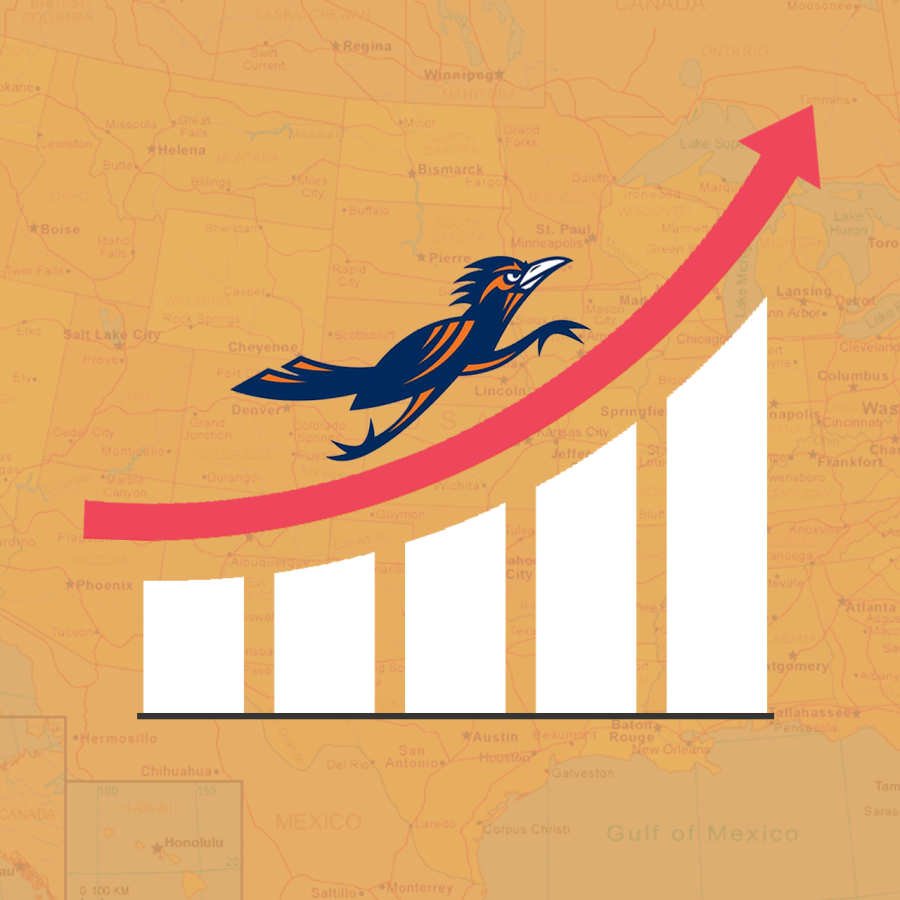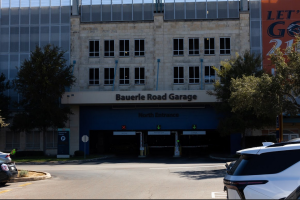UTSA’s Carnegie R1 classification will further boost ongoing research activities
February 1, 2022
On Dec. 16, 2021, President Eighmy announced UTSA had attained the Carnegie R1 Classification. The designation is awarded to Doctoral Universities with “very high research activity.”
Attaining the R1 designation was a part of President Eighmy’s ‘Research Excellence’ initiative, which aims to “increase national and international recognition of UTSA as an institution of research excellence.”
In an email addressed to UTSA’s student body, Eighmy explained what the university’s new classification would mean for students.
“The benefits for our Roadrunner community will be tangible and transformative. As a student, you can expect to see the value of your UTSA degree increase in tandem with the university’s rising stature. This will not only set you apart professionally, but also open exciting opportunities should you choose to pursue additional degrees in the future,” Eighmy said.
Dr. Bernard Arulanandam, Vice President for Research, Economic Development and Knowledge Enterprise, also echoed a similar opinion about the value of the UTSA degree, adding that the “mantra of R1” will serve as a great recruitment tool for the university, both in terms of students and faculty.
“The value of the R1 recognition really goes to show the greatness of our undergraduates and our graduate students who are coming out from a comprehensive research-intensive institution with great societal impact. It really is going to be an opportunity for really opening more doors for our students across the entire landscape. So absolutely, it’s a big win for all the students to go out from an R1 institution into the workforce,” Arulanandam said.
Arulanandam was named UTSA’s Vice President for Research, Economic Development and Knowledge Enterprise in 2019 and is UTSA’s chief research officer.
According to Arulanandam, research at UTSA is on an upward trajectory. The new classification only adds to the university’s growth as a public research institution in Texas while also improving the university’s visibility on a national level.
“We have really grown the overall research portfolio at UTSA. One indicator [of this] is the amount of awards that we get in [and also research] expenditure [which] has grown to…140 million as of last year, and it’s on a very strong trajectory…so [we] really have created an ecosystem [to allow our faculty] to be highly successful in garnering extramural funding,” Arulanandam said.
“The new Carnegie designation (R1) really brings more national visibility to UTSA. It brings in greater opportunities for research partnerships at the national and international level. It also highlights our portfolio and capability to…go out and capture large scale opportunities for large federal contracts,” Arulanandam added.
Arulanandam elaborated on the university’s research division, which continues to provide faculty, staff and students with the assistance and resources they need to secure funding and conduct innovative research at the university.
“The research division is really meant to provide a resource for our faculty, staff and students to essentially go out and garner extramural funding, which is to seek external grants or contracts in order to facilitate research in all disciplines across UTSA. So there’s compliments of research support; there’s research finance; there [are] strategic research initiatives; there is research compliance…[so our faculty, staff and students] have the ability to go out and get funding…[and do] scholarly works at UTSA,” Arulanandam explained.
Arulanandam also explained the importance of research at UTSA that impacts the community.
“All of this is really…[how you] then have that impact of that research for societal outcome. So, there [are] many tangible stories out there, where the work of a faculty [has had an impact],” Arulanandam said.
Arulanandam further emphasized that the R1 classification will improve research opportunities for UTSA’s student body.
“We already have…very robust research opportunities for our undergraduates at UTSA across all of the colleges,” Arulanandam said. “It’s a very robust program already, so again, the designation allows for the ability of faculty to get greater external funding that then provides more opportunities for our students to be engaged across the institutions, in all of the colleges and the programs.”







